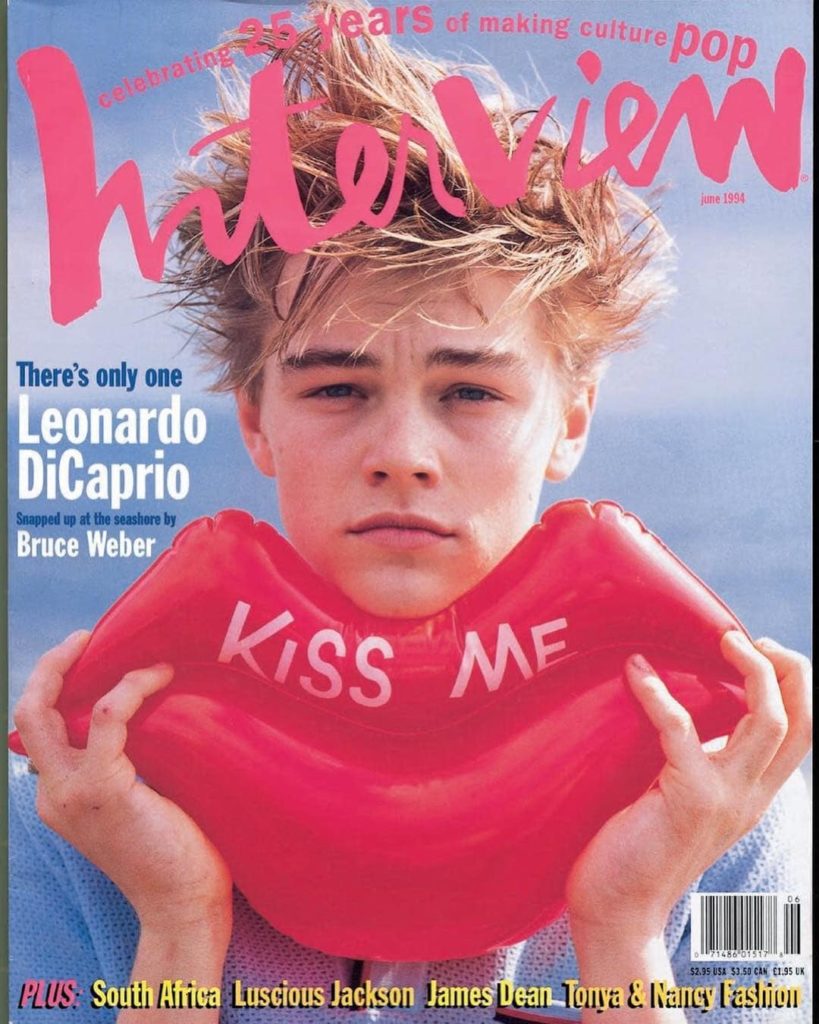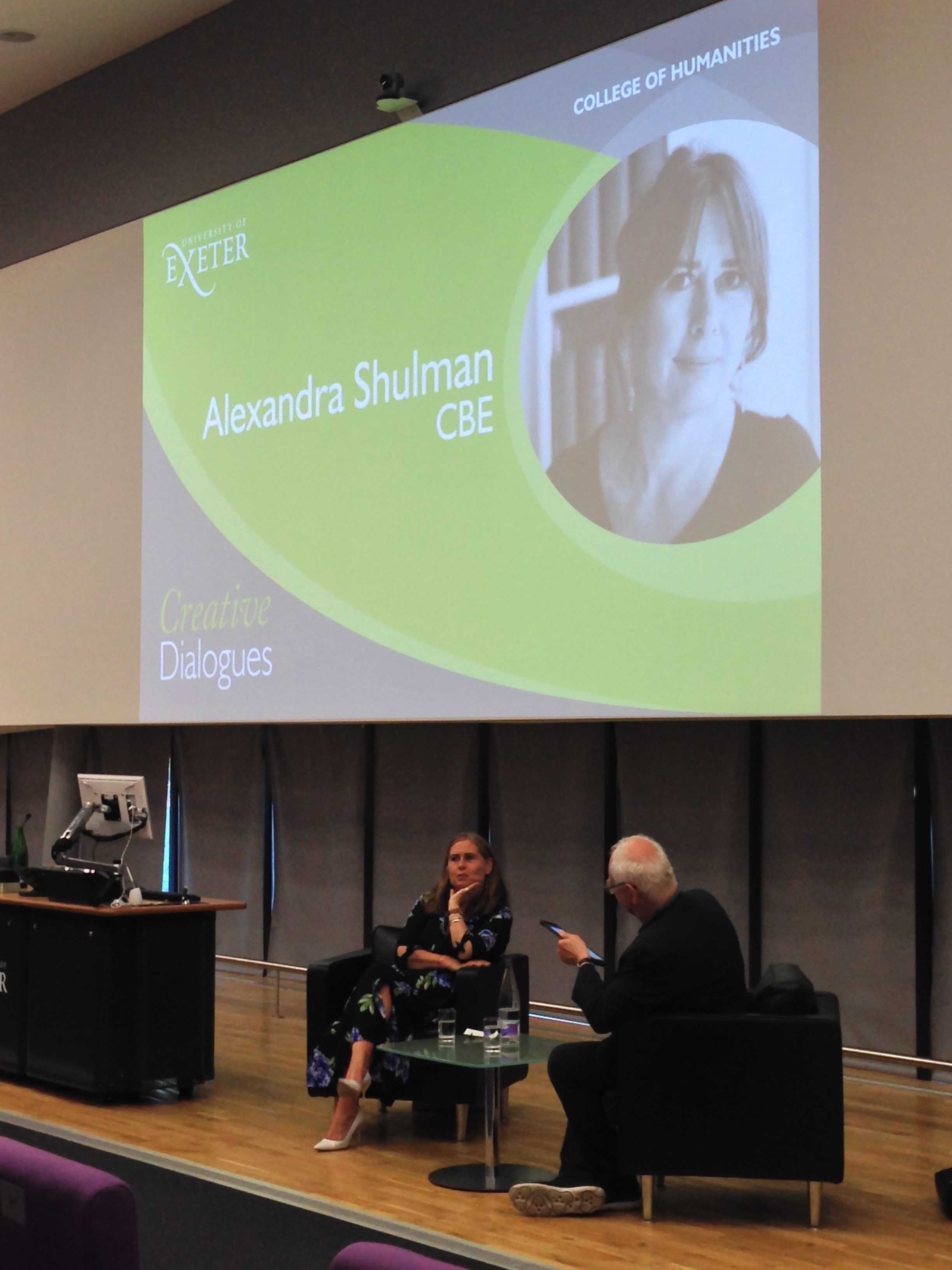A Turning Page: Digital Opportunities for Print
 The closing of Soho’s magazine institution Wardour News bruised the many hearts of those who hold fashion, art and pop-culture dear. As word broke that the newsagent of 34 years could no longer afford the astronomically rising rent in the neighbourhood, now dominated by chain coffee shops, one really starts to reflect on the end of an era. An era where art students, practitioners and sartorial connoisseurs would plunge into a dream world, soaking up the cultural ingenuity and zeitgeist like sponges all from the flick of a page. Reading through a fashion magazine is in a way the most direct route to our time’s cultural incubators who propel a system of aspiration and desire - without the shops which support them, we lose a considerable portion of our culture. Furthering this downward spiral of losing cultural institutions was the news of Interview magazine, founded by Andy Warhol in 1969 to have folded. The closure follows years of financial difficulties and various lawsuits against the company. Interview Inc. has provided the following statement:
The closing of Soho’s magazine institution Wardour News bruised the many hearts of those who hold fashion, art and pop-culture dear. As word broke that the newsagent of 34 years could no longer afford the astronomically rising rent in the neighbourhood, now dominated by chain coffee shops, one really starts to reflect on the end of an era. An era where art students, practitioners and sartorial connoisseurs would plunge into a dream world, soaking up the cultural ingenuity and zeitgeist like sponges all from the flick of a page. Reading through a fashion magazine is in a way the most direct route to our time’s cultural incubators who propel a system of aspiration and desire - without the shops which support them, we lose a considerable portion of our culture. Furthering this downward spiral of losing cultural institutions was the news of Interview magazine, founded by Andy Warhol in 1969 to have folded. The closure follows years of financial difficulties and various lawsuits against the company. Interview Inc. has provided the following statement:
Today, Interview, Inc. (the “Company”), which owns and publishes Interview Magazine, and its two holding companies, sought protection under Chapter 7 of the United States Bankruptcy Code. The Company has been operating at a financial loss, and had been funding its losses and costs of its operation through loans obtained from its secured lender. The losses, however, continued to mount, and the Company did not believe its financial condition would improve in the foreseeable future.The Company will be liquidating under the provisions of the United States Bankruptcy Code. All of the assets of the Company will be liquidated and distributed to its creditors in accordance with the law.”
 The loss of these cultural institutions reflect the volatile media landscape and evolving consumer behaviour who today expect instant information gratification at no cost. Subscription rates continue to decrease, advertising budgets are distributed elsewhere (e.g Social media influencers) and digital platforms have opened the floodgates where anyone with a smartphone can become an online publisher. Like Spotify who has changed how we consume music, digesting information today can be compared to using running water; we choose to turn on the tap - not questioning where exactly the information comes from- and we turn it off again when no longer need it. Even 10 years after the mainstream adoption of social media, we are still in the midst of a digital revolution, still finding our balance on how to best make sense of the continued upheaval across the publishing industry. But within an environment of often stated doom and gloom, we have no choice but to in fact view this volatility as an opportunity, and actively take control of these changes to ensure long term success. Easy said - sure, but after listening and reflecting on conversations with 3 industry experts, below are key takeaways on how digital can offer a turning page to the print experience.
The loss of these cultural institutions reflect the volatile media landscape and evolving consumer behaviour who today expect instant information gratification at no cost. Subscription rates continue to decrease, advertising budgets are distributed elsewhere (e.g Social media influencers) and digital platforms have opened the floodgates where anyone with a smartphone can become an online publisher. Like Spotify who has changed how we consume music, digesting information today can be compared to using running water; we choose to turn on the tap - not questioning where exactly the information comes from- and we turn it off again when no longer need it. Even 10 years after the mainstream adoption of social media, we are still in the midst of a digital revolution, still finding our balance on how to best make sense of the continued upheaval across the publishing industry. But within an environment of often stated doom and gloom, we have no choice but to in fact view this volatility as an opportunity, and actively take control of these changes to ensure long term success. Easy said - sure, but after listening and reflecting on conversations with 3 industry experts, below are key takeaways on how digital can offer a turning page to the print experience.
- Dylan Jones OBE, Editor in Chief of British GQ stresses The premium for quality journalism:
“There is so much imagery in the world, which in a way makes imagery something devalued. But magazines have become hero products, more important in the digital age. They are something luxury, something to keep. They are not just a consumer product, but here to inform and inspire.” Continuing to successfully lead British GQ after almost 20 years, Mr. Jones clearly understands and operates on the opportunity to offer quality information and journalism in the midst of fake news. There is a growing demand for factual information and a welcome alternative to click-bait headlines grabbing our attention at a swipes notice. “With digital migration there is a return to print. There is so much noise… We are prepared to pay a premium to pay for genuine quality content. Not everything can be free.”
- Alexandra Shulman CBE, former Editor in Chief of British Vogue envisions increased Artistic Autonomy :
Reflecting on her experience as editor in chief before her departure of British Vogue last year, Ms. Shulman stated that it had become increasingly difficult to express individuality in creative direction. With brands demanding full look spreads and certain celebrities only allowed to be associated with certain brands, stylists, editors, and photographers are continuing to lose out on creative autonomy. However, as print magazines become less reliant on selling on newsstands and therefore do not need to be sold on the basis of attention grabbing text or a “model of the moment” on the cover, digital can offer more creative freedom. With publications shifting towards the online space, there is increased opportunity for innovative covers with could incorporate for example moving image, illustration and no need to even have a person on the cover. Shulman also expressed that improving the relationship between print and digital could offer a more efficient means for showcasing young talent and allowing consumers to directly experience fashion.
- Jenny Cossons, Chief Partnerships Officer at Lyst highlights the opportunity of Consumer Interaction:
Speaking on the future of trends, Ms. Cossons, explained how absolutely everything in fashion is “100% consumer led”. Social media platforms have torn down walls where all consumers have the ability to influence one another, dictate trends and legitimise fashion. “Designers and media used to dictate the consumer, but now it is the consumer who is dictating to brands, designers and media”. In order for brands to move forward, it is essential to meaningfully interact with the audience by offering more opportunity for co-creation and react to organic dialogue. Also, in this data driven economy where data equals power, the intermediary position of publishing houses means they are perfectly situated to take the pulse of the industry. Not only do they inform and inspire consumers, but they have the capability to inform brands on better decision making and consult on what is working.The world continues to change at an unprecedented pace and within the field of fashion, the differences are noticeable season by season. The problem with fashion is that we always looks towards the future, we live 6 months ahead, not fully able to capture the present which is why perhaps the industry as a whole has been slow in adapting to changing technologies. However the technology is here, whether we like it or not, and before we let it take complete control of ourselves, it is up to us on how we use it. We must adopt technology to actively further culture, creativity, and champion the highest standard of quality or else we will cross the tipping point where we become controlled by mind-boggling technology. Let’s not lose the human element in cultural production.